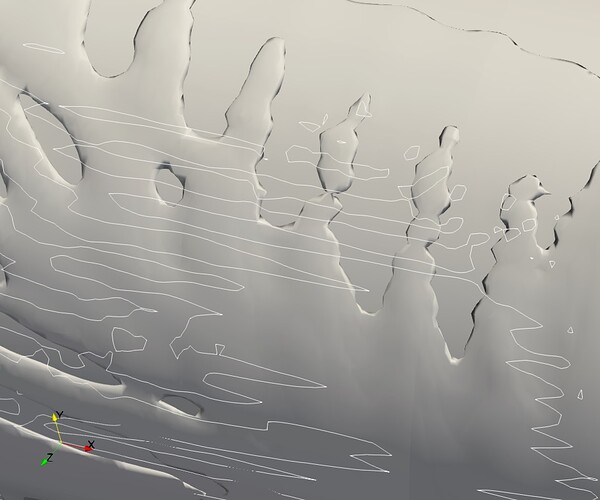
Turn the visibility back on for the disk_out_ref.exo.This represents the location inside of the cylinder that is at temperature 400, and is colored by pressure.Why are all parts of the object the same color?.Under Value Range, press Delete All, now press New Value, enter 400. Extra credit – Change the outside cylinder to be volume rendered, under the Display Tab Style → Representation: set to Volume.This can make our data much bigger, and should be avoided if we are working with big data.

What we have done: We have created an an unstructured grid holding the cells that fit our criteria.Still on the Display tab, select Color by: Pres.Make sure that the second disk_out_ref.exo is highlighted in the Pipeline Browser, and set Representation to Wireframe.Let’s open another version of disk_out_ref.exo, using the File → Open menu. Now, let’s place this hot section back into the cylinder.Spin the object around, and look at it.The blue recycle button will set the min and max values. (Notice that you can also find this through the filters menu.) Select Scalars “Temp” (Temperature). Select the Threshold button, found to the far left.Spin the object around, and look inside of it. Extra credit – Change the color of the glyphs to match the picture below.Be sure to then hit the Apply button! Re-animate the window. Then, change the Set Scale Factor to 3e-4. In the Properties tab, change the Vectors to VEL. Click on the Glyph in the Pipeline Browser, thus giving the Glyph focus.We can now see where the accelerations are occurring as the can is crushed. Next, click on can.exo (it will show up as blue). Turn the visibility eyeball on the can.exo to “on”. When you are done, reset by hitting the First Frame button. Click the Play button at the top of the screen.On the Properties tab is an entry for Set Scale Factor. ParaView does not set the Scale Factor correctly.Select the Filters → Common → Glyph button.Drag the can around with the right mouse button until you can see the can.On the Properties tab, click the square to the left of “Variables”, thus turning all variables on.If the slice arrow control is ever hidden behind data, you can see it by clicking on the “eye” to the left of the “clip” in the Pipeline Browser which is located in upper left corner of the screen.Now we have 10 slices through our object. Input From value of -4 and To value of 4. Under Slice Offset Values, press Delete All.Notice that we just added a second cut plane. In the Slice Offset Value section, press New Value, type 1.Grab the arrow control at the end of the clip object with the left mouse button.Select the Filters → Common → Slice button.If the clip arrow control is ever hidden behind data, you can see it by clicking on the “eye” to the left of the “clip” in the Pipeline Browser which is located in upper left corner of the screen.You can also grab the red box and slide the clip plane forward and backward. (Notice that this is also the third icon from the top on the far left of the screen.) Select the Filters → Common → Clip button.
Isosurface merge range paraview update#

Example data files can be found on the ParaView web page at. To start over, go to the menu item Edit → Reset Session, and then re-open your data.ĭata is opened by going to File → Open. Most examples assume that the user starts with a new model.
Isosurface merge range paraview how to#
This usecase shows a user how to use sources and filters to modify the display of data.


 0 kommentar(er)
0 kommentar(er)
